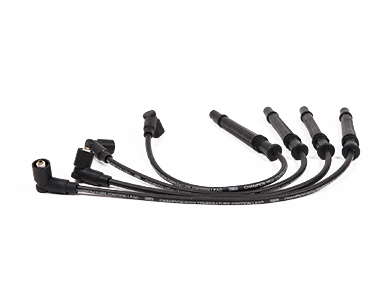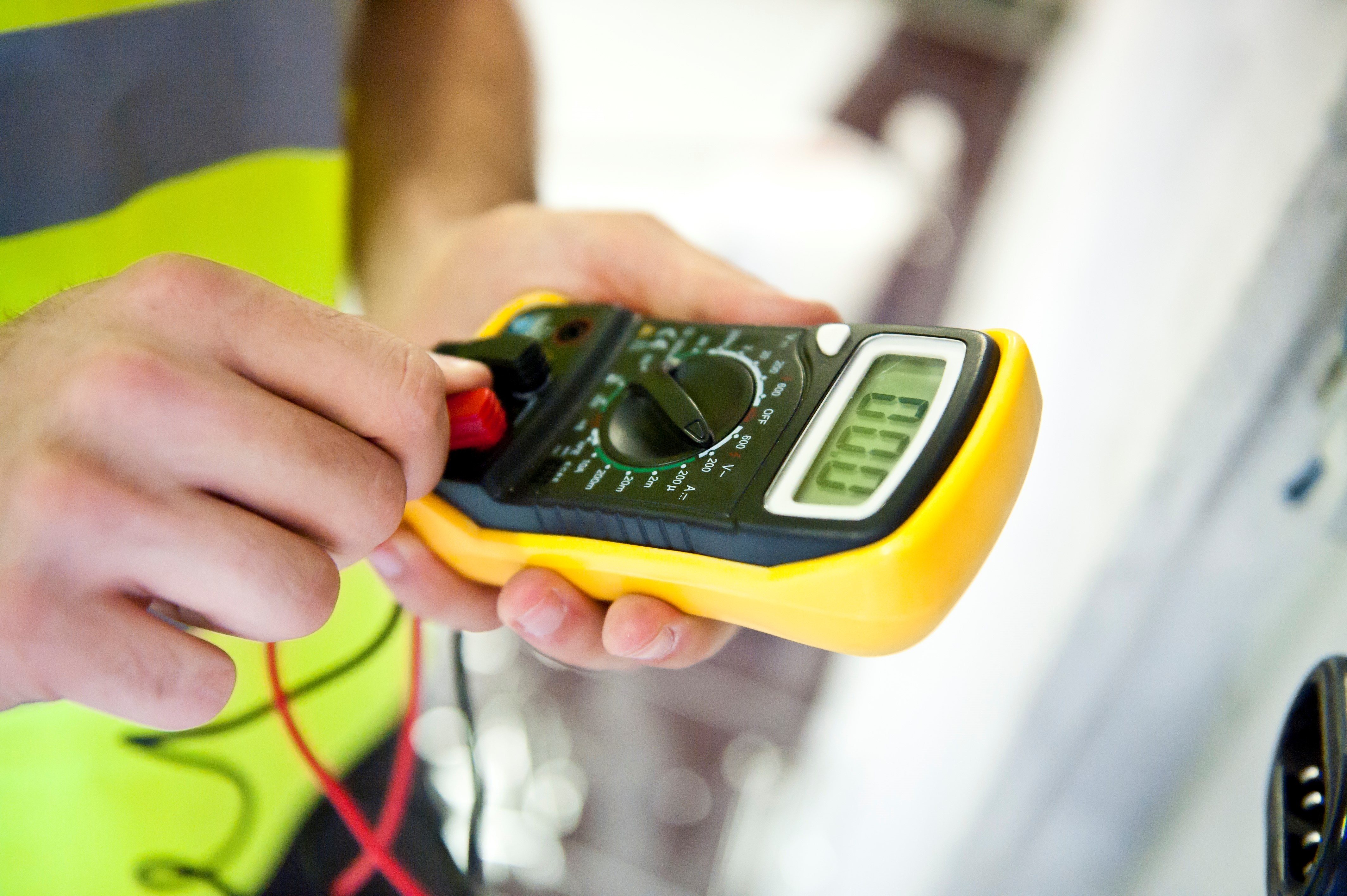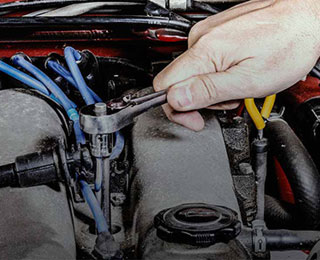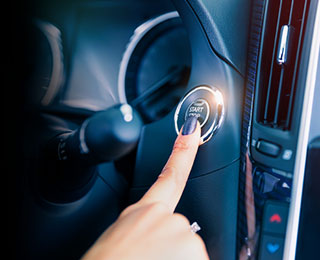Spark plug wires deliver thousands of volts – up to 45.000V, depending on the application – to the spark plugs. To do this successfully, they need to be covered in thick insulation to prevent high voltages jumping off the wire before it reaches the spark plug and a rubber boot at each end. The boot protects the metal connectors from moisture, corrosion, oil and other contaminants. Additionally, wires need to be manufactured properly to comply exactly with OEM requirements and thus guarantee precise ignition, optimal engine performance, economical fuel consumption and suppression of EMI (Electro-Magnetic Interference).
However, spark plug wires work in a harsh environment, so no matter how well they are constructed, they can fail leaving the spark plugs with a weak spark or no spark at all.
Failing spark plug wires can cause:
- Engine misfiring,
- Increased fuel consumption,
- Lack of power,
- Stalling,
- Rough idle,
- Fuel system problems, such as fuel in the cylinder,
- Problems starting your car,
- An engine warning light to illuminate,
- Possible malfunction of onboard electronics such as Radio and GPS.

Unfortunately, faulty spark plug wires share their symptoms with many other engine components failing. So, it’s a good idea to check your spark plug wires to see if they’re to blame.
Luckily, this is an easy job that doesn’t take long.
How to test your spark plug wires
Before you start to test your spark plug wires, ensure you have the following tools:
- Jumper wire (30-60cm long)
- Spark plug wire pliers (if available)
- Clean cloth
- Tape measure
- Digital or analogue multimeter or ohm meter
- Owners’ manual for your car
- Rubber mat
For these tests, it’s important to test each wire separately. In other words, disconnect one wire, perform the test, reconnect it and continuing to the next wire. When reconnecting the wire, make sure it is not too close to other electronics or to anything hot, like the exhaust. By doing this wire by wire, each wire will be reconnected to its corresponding cylinder, ensuring the firing order of the ignition system is correct so the engine will continue to run.
1. Inspect the wires and clips
In a well-lit area, remove and visually inspect the spark plug wires one at a time. Clean each wire with a cloth and then look for physical damage like cuts and scorch marks on the wires or boots, carefully examine the insulation around the wire and look for corrosion between the boot (the end of the spark plug wire), the spark plug and coil. If you can’t see any physical damage, check the spring clips that hold the wires in the distributor cap. Damaged clips may allow wires to slip and not remain in the correct position. If everything looks okay, put the wire back and move onto the next one.

2. Run the engine
Turn the engine on and look for electrical arcs around the wires or listen for a snapping noise that might show a high-voltage electrical leak. Be careful not to touch the wires while the engine is running due to the risk of electric shocks from the high voltage.
3. Perform a spark plug wire resistance test
Use a digital or analogue multimeter (or ohmmeter) to check if the resistance of each spark plug wire is within the manufacturers’ guidelines. Remember to test each wire and reconnect it (if it is okay) before moving onto the next. To do this, set the multimeter to the appropriate scale and measure the wire by placing the probes on each end of the wire lead, making sure they touch the metal contacts. If the reading is within the manufacturers’ guidelines, the wire can be returned to the car before you start to test the next wire. Any defective wires should be replaced. If two or more wires are found to be defective, it's recommended to replace all wires with a set of new wires.

4. Check your spark plug wires are routed correctly
Consult your owners’ manual to see if your spark plug wires are routed properly. This is important as cross coupling can create an energy drain, which will lower performance. It is important to route the spark plug wires so that they do not come in direct contact with engine hot part such as exhaust manifold. Prolonged contact with engine hot parts could result in development of cracks in the insulation layer of spark plug wires.
Other ignition problems
Was everything okay with your spark plug wires? In that case, it might be a problem with another part of your ignition system. Read our blog to see which ignition parts you can replace yourself, and which are best left to the experts.
Champion spark plug wires
Champion offers a wide range of quality spark plug wires with different resistances and in a variety of lengths. Explore our range here.
If you want to find more tips and tricks about replacement of ignition parts, watch our video:
The content contained in this article is for entertainment and informational purposes only and should not be used in lieu of seeking professional advice from a certified technician or mechanic. We encourage you to consult with a certified technician or mechanic if you have specific questions or concerns relating to any of the topics covered herein. Under no circumstances will we be liable for any loss or damage caused by your reliance on any content.

